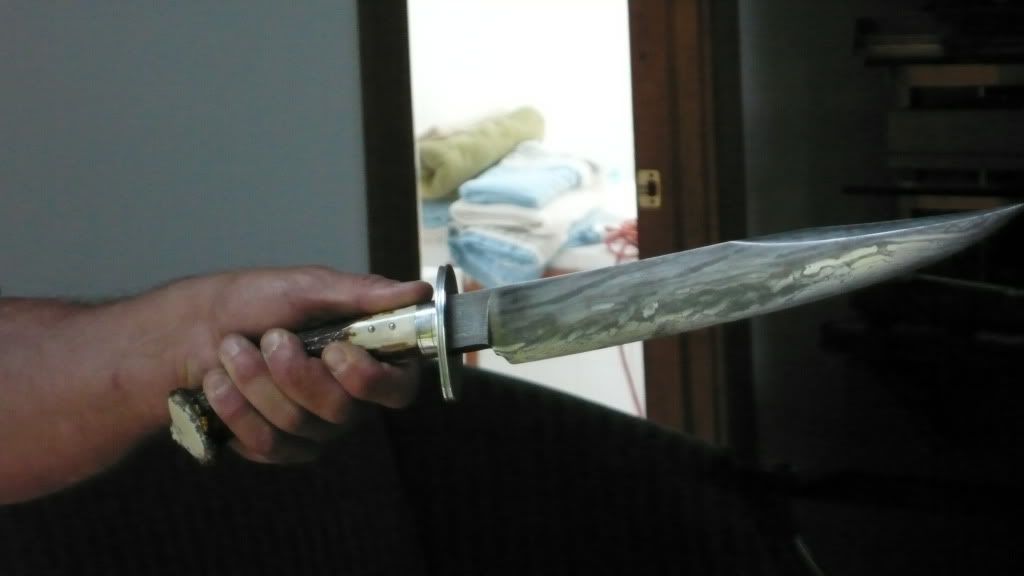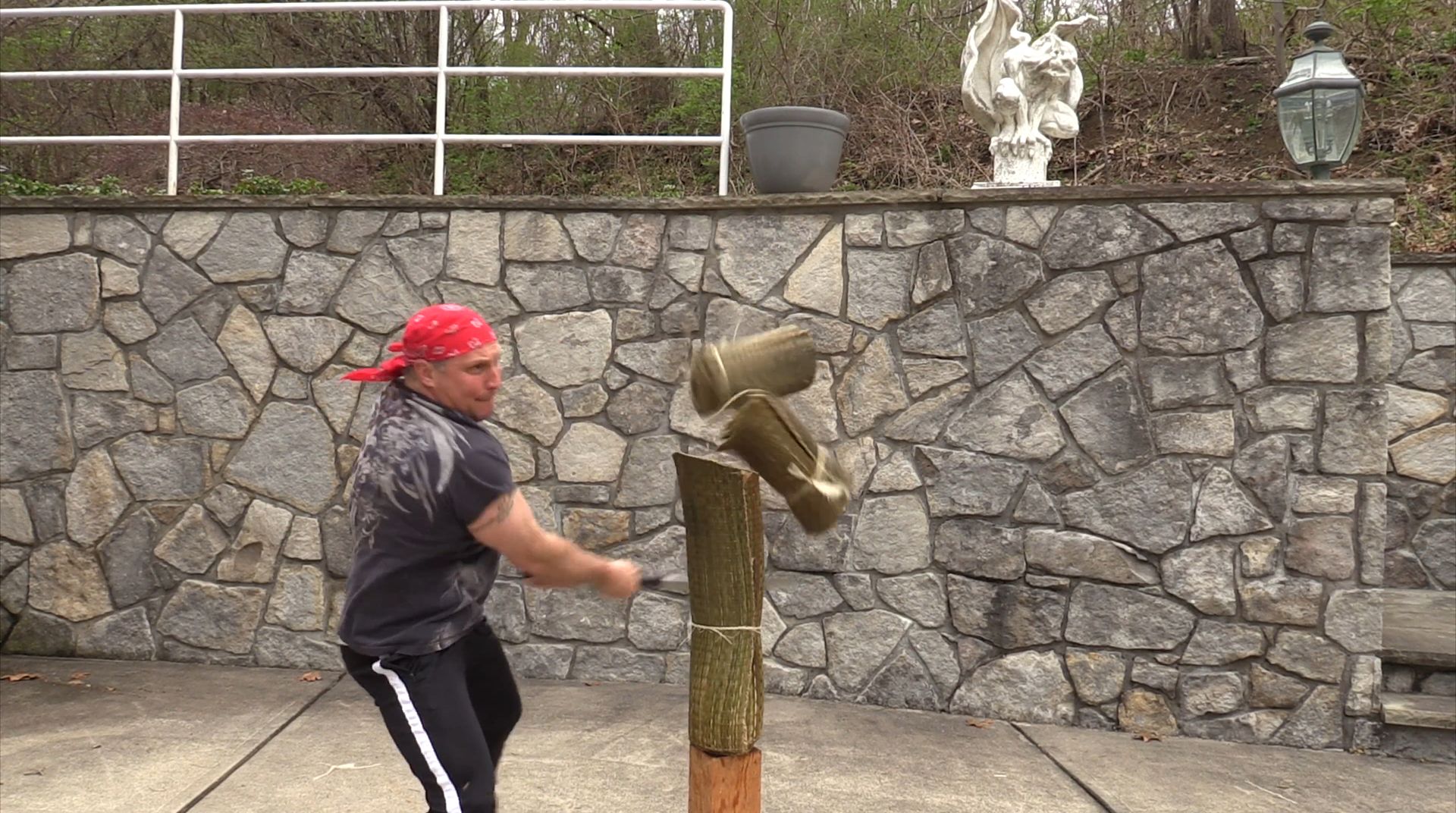I’m going to come off like s blade snob but oh well
Like I mentioned earlier balance and weight really comes out in larger blades , swords. Etc
Most have not had the chance to handle really high quality larger blades and swords
If you think a full tang non tapered tang fixed blade has good balance your wrong
They are great for pry bars but compared to a well done stick tang that exhibits radical distal taper they are just that sharpened pry bars
To compare a Busse Battle mistress To a Bagwell Bowie is like comparing a Ford F-250 to a McLaren
They are two different animals with different design parameters
One feels like a paper weigh one feels alive
This can translate to many high end customs as well
I’ve walked the ABS section of the Blade Show for decades and handles many MS blades that had no distal taper that felt like paper weights as well
Just because your an MS does not mean you know how to make a blade that feels alive
Makers like Bagwell and Nick Wheeler and David Mirabile have a talent to make blades that transition in the hand and change direction like not many others

Bagwell goes as far as making his knives right or left handed

When it comes to larger as in sword blades the balance and weight element are the true magic
When most pick up a high end properly made sword they are amazed how light and nimble they are
Combinations of fullers and distal taper with properly counterbalanced handles and pommels make up the magic
This enables a blade like a Mirabile Dragonfly Cutter the ability to cut like a much larger sword and change direction with a whim
Enabling it to make power cuts in multiple directions hence not over swinging easily




When it comes to small blades there is not as much as a difference as in the larger blades
A well made not over built folder with a comfortable grip makes daily use a pleasure
An over built brick feels good when you drop it in a sock and swing it at something

Small bladed fixed blades can still benefit from a well shaped handle and a tapered tang giving them a lively instrument type feel vs a cheap kitchen knife feel







